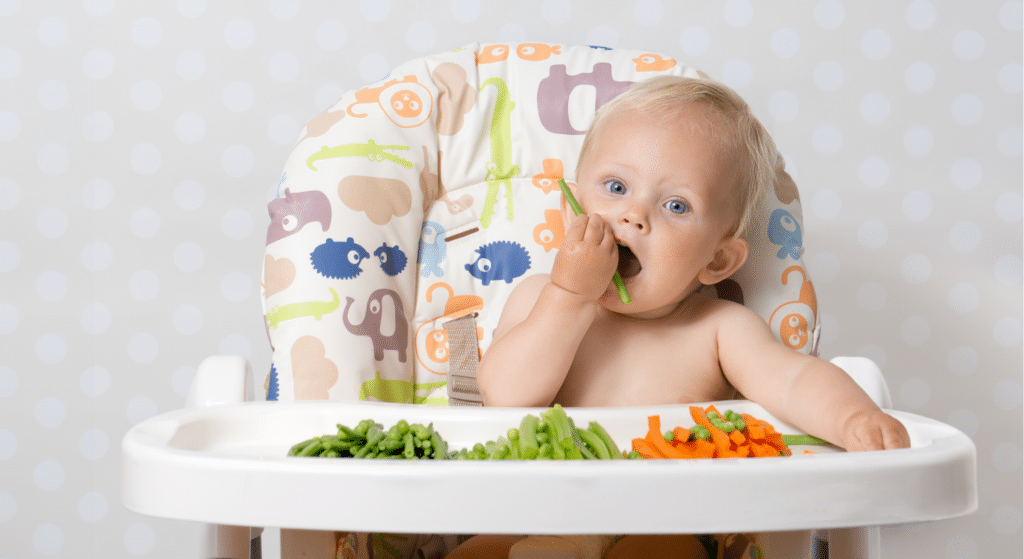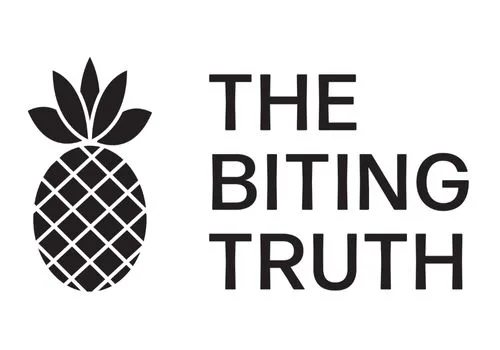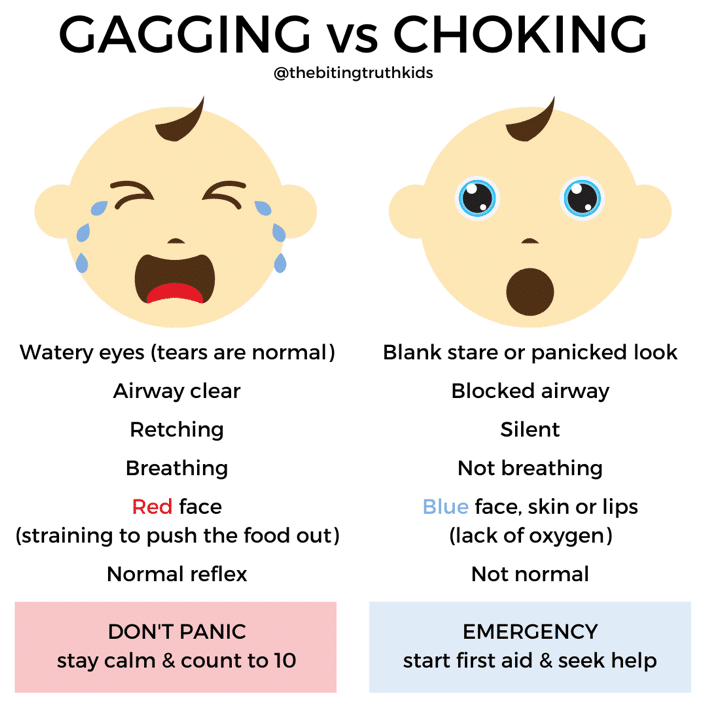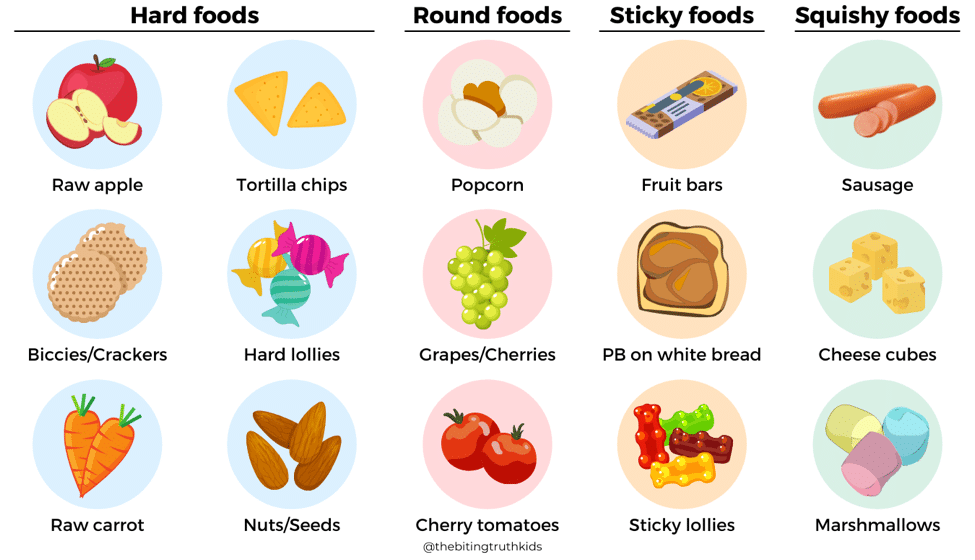
When it comes to introducing solids to babies, the two biggest fears for parents are choking and allergic reactions.
Both of these are valid concerns. If you’re looking for help introducing allergenic foods to your bub, check out our Introducing Allergenic Foods eBook.
In this article, we hope to relieve some of the stress and worry associated with choking.
Specifically, we want to help you know and understand the difference between choking and gagging so you don’t get unnecessarily worried. We’ve also shared some of our top tips to avoid choking.
The difference between gagging and choking
–> Gagging is completely normal and occurs regularly. Babies don’t have the control to coordinate chewing and moving food to the back of their mouth to swallow, so they gag to stop food going down the wrong way. Gagging is an important reflex and happens a lot during the introduction of solids as babies develop and mature their oral motor skills as they learn to eat.
–> Choking is very different to gagging. Choking occurs when your baby’s airway becomes blocked. They may be coughing to try to remove the obstruction, or they may be unable to cry, cough or make any noise at all. They may be unable to breathe and you may see their lips or face turn blue. Choking is a medical emergency requiring immediate help.
Foods that have a higher choking risk
While it is possible for babies to choke on all sorts of foods, the following foods pose more of a risk.
You don’t have to avoid all these foods, just present them in ways that are more manageable and safer for young children.
For example, cook apple until soft, cut grapes into quarters, and offer grated cheese instead of cubes.
6 tips to avoid choking
1. Watch your baby while they eat
Sitting with your baby while they eat is important not only to keep an eye on them in case of an incident but also to create a positive mealtime experience! Whilst you might be tempted to multitask while your child is eating, for example clean up the kitchen, avoid leaving them alone.
2. Know what choking looks like
When a baby is gagging, it’s normal for them to go bright red, to have tears in their eyes or to be coughing. Loud and red is good! If a baby is choking they won’t be able to forcefully cough as the food is actually lodged in their windpipe and blocking their airway. This looks very different to gagging and is silent. Always respond to this.
3. Ensure your child is sitting correctly
Your baby should be sitting upright with their hips, knees and ankles all bent at 90 degrees. If you can’t picture what that looks like, imagine each of those joints having an angle like the corner of a perfect square.
4. Offer foods of an appropriate size, texture and shape
Make sure the food you offer to your child is prepared in a way that is safe for them to eat. E.g., if you want to serve cherry tomatoes, cut them into quarters so they are not a choking risk.
Make sure the food isn’t too hard for your child to manage. When babies are starting finger foods, you should be able to easily smush or squish whatever food you are offering between two fingers. As they get older you can offer harder foods as long as you continue to watch your baby and assess if the texture is right for them.
5. Don’t let your baby play with toys or watch TV during mealtimes
Your baby needs to focus on learning the new skill of eating; a distracted baby is more likely to choke! Remove all distractions from the dining table, including toys and screens.
6. Take an infant CPR class
Be prepared for the worst so that you know you can respond appropriately. Some courses that come highly recommended in Australia are St John Ambulance or Tiny Hearts First Aid.
What should I do if my baby is choking?
Before starting your child on solids, it can be a good idea to do a child first aid course. This can help you learn life-saving skills that should make you more self-assured.
If your child is choking, you should call emergency services immediately and begin delivering back blows, chest thrusts and, if necessary, infant CPR.
Is there anything I can do to help with gagging?
As we’ve said, gagging isn’t something you want to stop as this is a reflex to protect your bub from choking. In saying that, letting your little one play with items they can safely stick in their mouth (e.g., hands, Sophie the Giraffe, toy key rings, silicone spoons, appropriate veggies, mesh feeding bags, etc.) can help babies develop their gag reflex.
Given the opportunity, babies will do lots of chewing on these objects. Know that they’re not just playing, they’re playing with a purpose – developing the skills to eat.
Bottom line
We hope this helps you feel more assured when it comes to knowing the difference between gagging and choking and what to do in either situation.
—
- This article was written by Accredited Practising Dietitians from The Biting Truth.
- Check out our Kids Instagram pages – @thebitingtruthkids
- Shop our Kids selection


